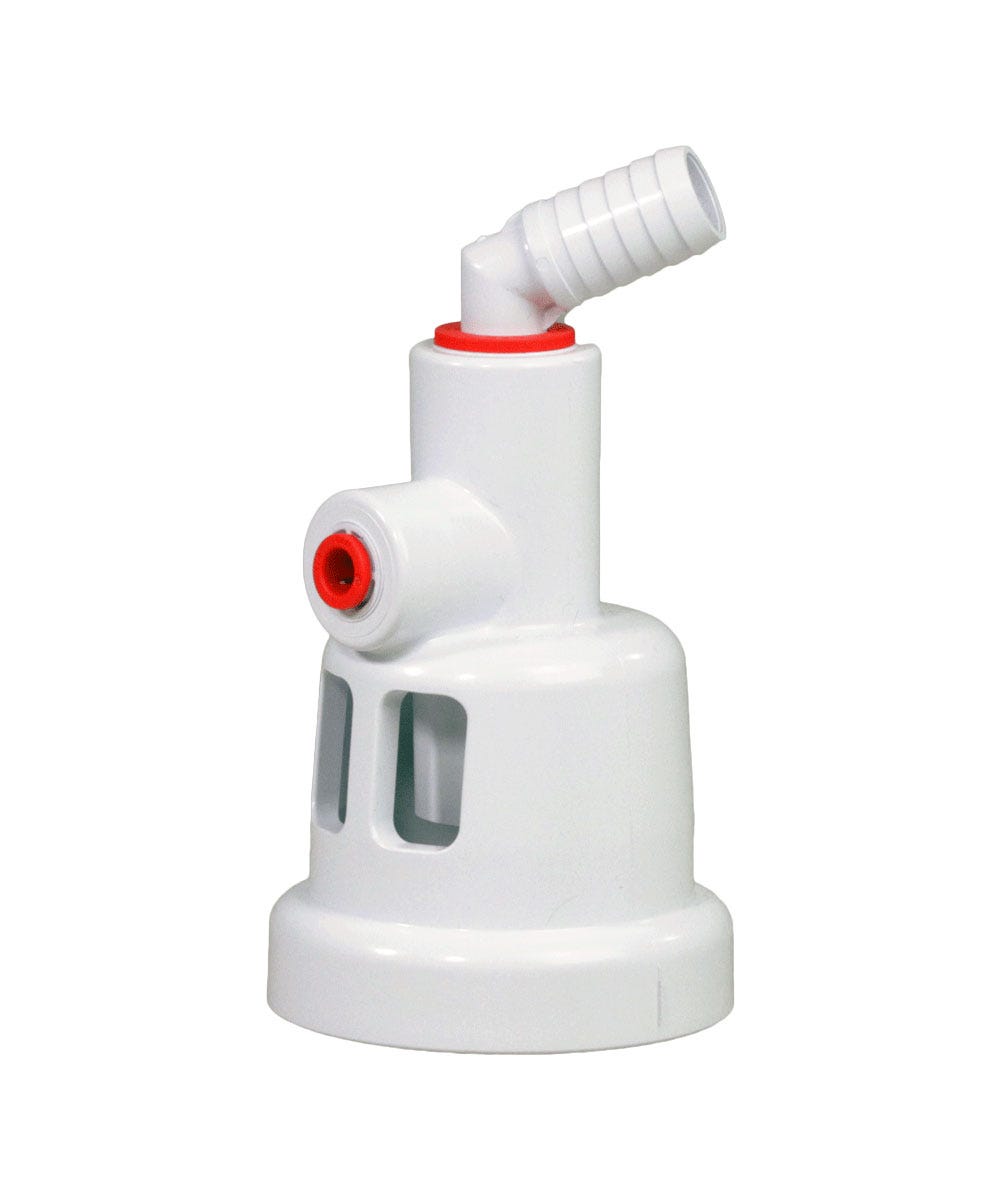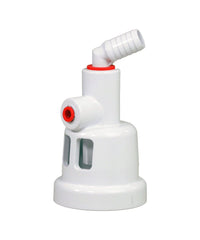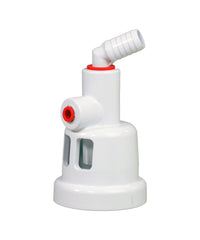SIGN UP FOR OUR NEWSLETTER
Receive our latest updates about our products & promotions.

Save Up to 50% with Factory Direct Pricing
Plus an additional 20% - 25% Off Select Systems!




Order by 12 PM EST and this system will be on its way the very next day.
Free standard shipping on most products over $199.
Free shipping on most products over $199. Freight orders excluded. Speak to a water expert for more details.
Our Master Water Specialists and Certified Water Specialists review your water analysis and address your specific water problems. WE then design a system that we'll guarantee will solve your water problem(s) and back it with our One-Year Money Back Promise (Guarantee).
It all starts with a Laboratory Test of your water. Then, our Master Water Specialists and Certified Water Specialists will review the results of your water analysis and scientifically discuss the best way to treat your water, provide on estimate of how to do that, and then we provide you a One-Year Guarantee of Satisfaction. It's our Promise to You that our system will do what we say or we will give you your money back*
Air gap fittings are plumbing code required to mount in the drain line(waste line) of water treatment equipment and their primary purpose is to prevent non-potable water from flowing backwards possibly mixing and contaminating potable (drinking) water. You might think of the function of an air gap fitting as a no-fail check valve but without an internal seat or any moving parts. The key characteristics for an air gap is protection from back flow and back siphonage.
Back flow occurs when there is a clog or blockage downstream in the drain line which with more water entering causes the non-potable water to back up fully engulfing the air gap unit or at least reach in the back siphonage critical level of the air gap unit. Back siphonage happens when there is suction on the potable water line and air gap inlet that sucks non-potable water port back into the potable (drinking) water line. This air gap provides protection from back flow and back siphonage. Pictured below is a typical air gap installation into a sanitary sewer pipe (note the "p-trap" which prevents sewer gas from entering through the air gap).
The softener drain line must not be connected directly to the waste system, but must be emptied into a laundry tray, floor drain, or properly trapped special outlet, preserving an air gap of at least two times the diameter of the drain line, but in no case less than 1-1/2" above the top of the receptacle used. The greater of two times the diameter of the equipment's indirect drain or 1-1/2" is the minimum air gap for whole house (point-of-entry) water treatment equipment.
The greater of two times the equipment effective drain line diameter, or one inch, is allowed for point-of-use equipment. In addition, the end of the drain line should be secured so that there is never any chance that it can become immersed in waste fluids.
Be sure to study and follow the equipment manufacturer's printed instructions. They will specify drain line size. If the proper size is not provided, the unit may not be thoroughly backwashed

Receive our latest updates about our products & promotions.
Thanks for subscribing!
This email has been registered!